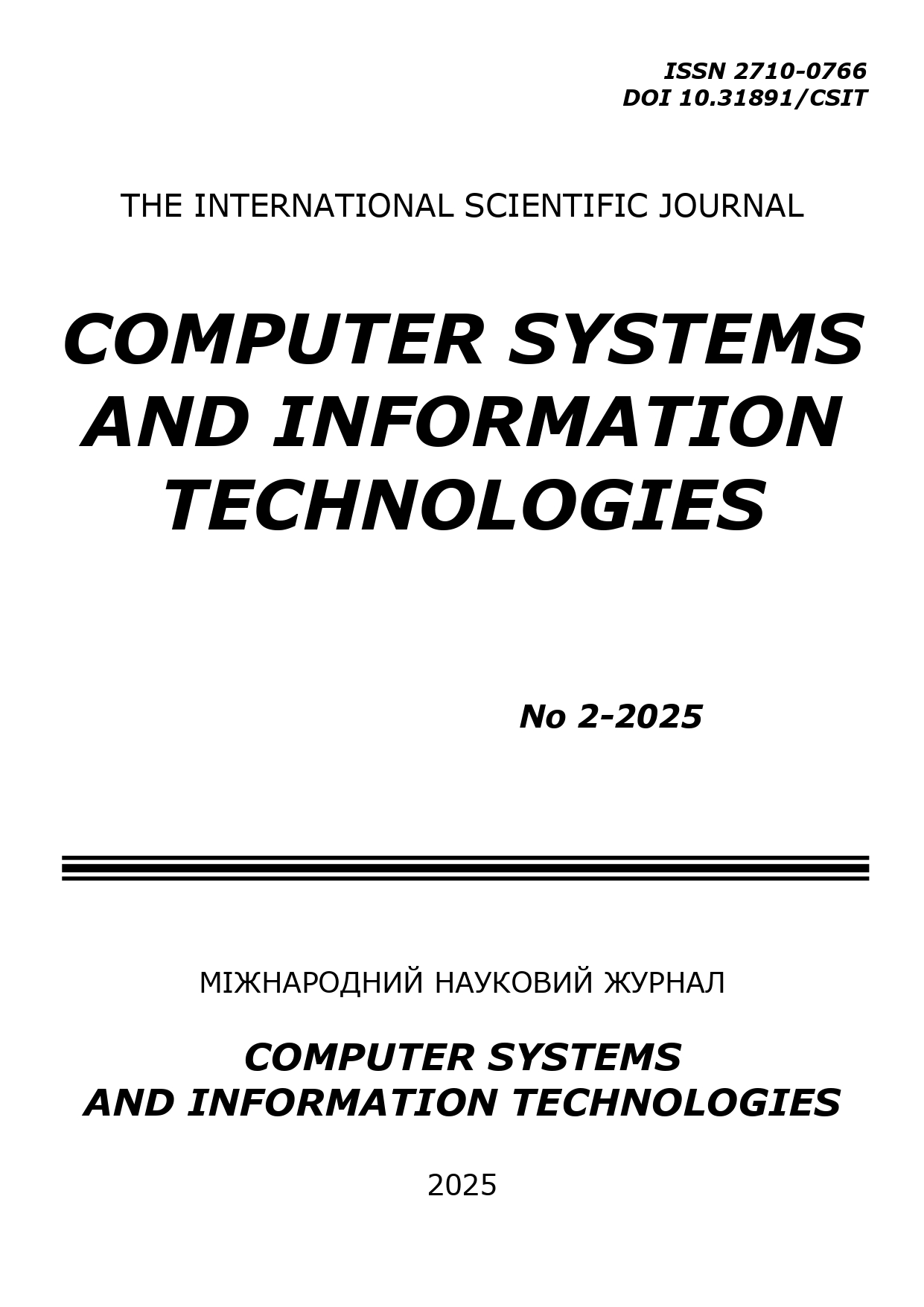ANALYSIS OF DIFFUSION MODELS AND BIOMEDICAL IMAGE GENERATION TOOLS
DOI:
https://doi.org/10.31891/csit-2025-2-1Keywords:
diffusion models, stable diffusion, histopathology, image generation, medical imaging, fine-tuning methodsAbstract
This study investigates the effective generation of realistic histopathological medical images through the fine-tuning of generative diffusion models, addressing critical needs in medical diagnostics, education, and research. High-quality synthetic histopathology images are essential for training medical professionals, augmenting limited datasets, and potentially enhancing diagnostic accuracy through machine learning applications. However, general-purpose image synthesis methods and limited annotated medical datasets pose significant challenges.
Four prominent fine-tuning methods—LoRA, DreamBooth, Textual Inversion, and HyperNetwork - were systematically evaluated using the Stable Diffusion 1.5 generative model. These methods were rigorously assessed using the balanced dataset with 664 images per each distinct tissue class: normal, serrated, adenocarcinoma, and adenoma tissues.
Quantitative evaluations employing Fréchet Inception Distance (FID), Precision, and Recall metrics revealed significant performance differences among the methods. HyperNetwork and DreamBooth consistently yielded superior image fidelity and diversity. Specifically, HyperNetwork achieved notably low FID scores (e.g., 77.27 for adenocarcinoma) accompanied by robust Precision and Recall results, demonstrating enhanced realism and variability. DreamBooth similarly exhibited strong performance, validating its practical utility. In contrast, Textual Inversion consistently produced the weakest outcomes, characterized by significantly higher FID scores (exceeding 158) and notably low Recall values, underscoring its inherent limitations for complex medical imaging applications.
Although these quantitative insights are valuable, traditional metrics alone may not comprehensively capture clinical applicability. Therefore, qualitative evaluation by medical professionals remains essential. Additionally, there is an urgent need for developing domain-specific evaluation metrics and fine-tuning techniques explicitly tailored for histopathology imaging. Such advancements hold the potential to significantly enhance synthetic image quality and expand their clinical and educational adoption.
Downloads
Published
How to Cite
Issue
Section
License
Copyright (c) 2025 Сергій КУЗЬМІН, Олег БЕРЕЗЬКИЙ

This work is licensed under a Creative Commons Attribution 4.0 International License.

